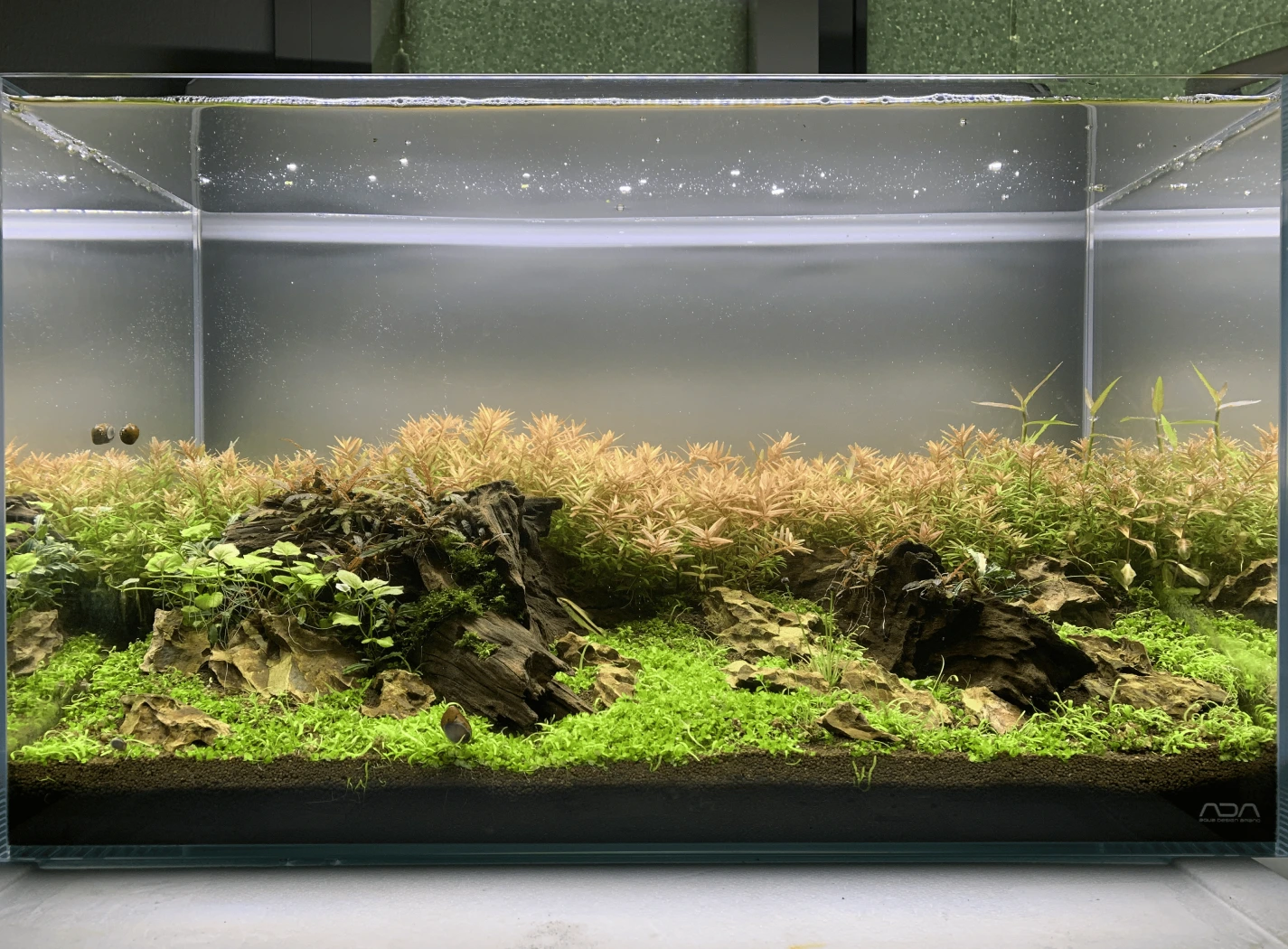A Beginner's Guide to Setting Up a Planted Aquarium

Planted aquariums bring the serenity of underwater gardens into your home. Lush greenery, vibrant fish, and crystal-clear water create a harmonious ecosystem. If you’re ready to dive into the world of planted tanks, here’s a step-by-step guide to get started:
Step 1: Plan Your Aquarium
Decide on the type of planted tank you want:
- Low-Tech Planted Tank: Requires minimal lighting and no CO2 injection, using hardy plants like Ferns and Anubias.
- High-Tech Planted Tank: Features intense lighting, CO2 injection, and demanding plants like carpeting species or red-stem plants.
Choose a tank size. While 30 liters or larger is ideal, smaller tanks are manageable with proper planning.
Step 2: Gather Your Equipment
Here’s what you’ll need:
- Tank: Glass or acrylic, depending on preference.
- Substrate: Nutrient-rich substrates like aqua soil or gravel with root tabs for plant growth.
- Lighting: Full-spectrum LED lights tailored for plant health.
- CO2 System (Optional): For high-tech tanks, CO2 injection enhances plant growth and coloration.
- Filtration: A canister or hang-on-back filter to ensure water clarity and nutrient distribution.
- Heater: Maintain a temperature of 22–28°C (72–82°F) depending on plant and fish species.
- Fertilizers: Liquid and root fertilizers to provide essential nutrients like nitrogen, potassium, and phosphorus.
Step 3: Design and Set Up the Tank
- Layer the Substrate: Start with a porous base like ADA Powersand for water circulation. Add a layer of nutrient-rich soil on top for plant growth. For specific species, consider finer substrates like the Power type of aqua soil.
- Arrange Hardscape: Add rocks, driftwood, or both to create a natural and visually appealing layout.
- Plant the Greenery: Position background plants (e.g., Vallisneria), midground plants (e.g., Cryptocoryne), and foreground plants (e.g., Monte Carlo). Use tweezers for precise planting.
- Fill the Tank: Slowly add dechlorinated water to avoid disturbing the substrate.
- Install Equipment: Set up the filter, lighting, and, if applicable, the CO2 system.
Step 4: Establish a Stable Ecosystem
- Cycling: Allow the tank to cycle for 2-4 weeks before adding fish. Test water for ammonia, nitrites, and nitrates.
- Monitor Algae: During the cycling phase, monitor for algae growth. Adjust lighting or nutrient levels if necessary.
"A planted aquarium is a living piece of art that requires dedication and balance. By combining creativity with care, you can craft a thriving underwater garden."
Step 5: Add Livestock Gradually
Introduce fish or invertebrates that complement your plants and tank size:
- Shrimp and Snails: Amano shrimp and Nerite snails help control algae.
- Fish: Neon tetras, Rasboras, or Dwarf Gouramis are popular choices.
Acclimate all livestock slowly to reduce stress.
Step 6: Maintenance Routine
- Daily: Check equipment and observe fish behavior.
- Weekly: Trim plants, test water parameters, and perform a 50% water change. Replenish liquid fertilizers.
- Biweekly: Clean glass and equipment, prune old leaves if present.
Final Thoughts
A planted aquarium is a living piece of art that requires dedication and balance. By combining creativity with care, you can craft a thriving underwater garden that’s as rewarding to maintain as it is to admire.

Omi Draper
Owner | Project Manager & Nature Aquarium & Vivarium Specialist

.webp)
.webp)
.webp)
.webp)
.webp)